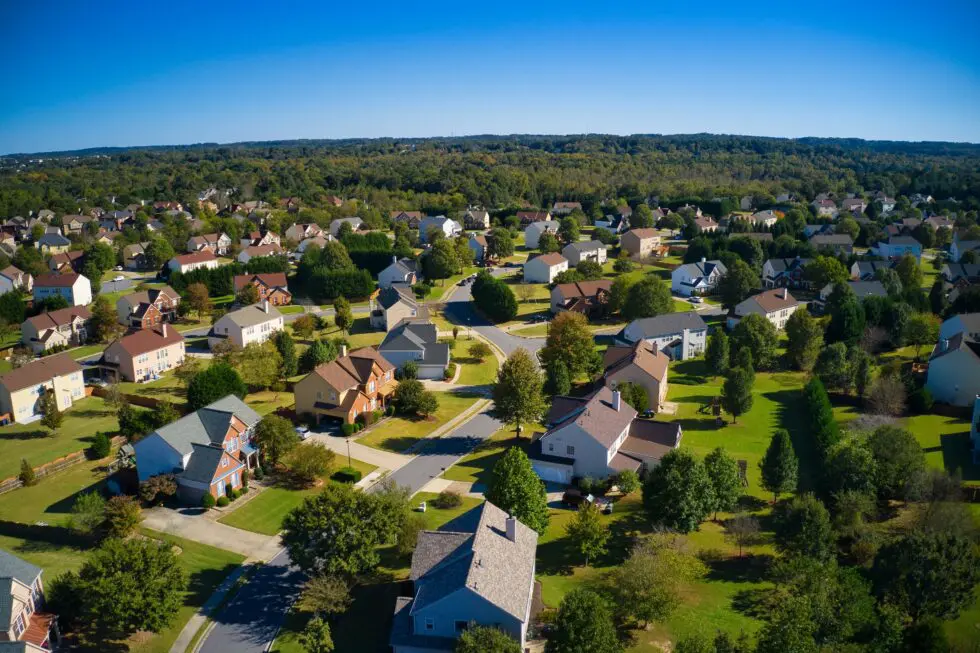The backdrop
Amidst the challenges of the country’s housing crisis and the condition of current housing stock, which have both been building to severe levels, is the positive of the growth of the build-to-rent (BTR) sector.
Put simply, BTR homes are built entirely for rent in perpetuity, with providers offering long-term tenancies to residents to secure a pipeline of stable income. In return, the model aims to provide long-term, high quality rented homes. These homes are usually coupled with services like superfast broadband, on-site gyms, concierge services and communal facilities. There is almost always staff on-site and most BTR homes have 24/7 security built in too.
As such, the business model behind the tenure seeks residents who want to stay for the long-term and the sector’s pitch to investors is secure and stable returns, as much as they can be in the housing market. Therefore BTR providers need to focus on the satisfaction of their residents to ensure they stay. This means providers are usually more focused on resident satisfaction and providing services residents need rather than focusing on the rental income alone.
Q4 2022 research from Savills notes “The UK’s Build to Rent (BTR) stock now stands at 78,700 completed homes, with a further 50,500 homes under construction. The future pipeline currently stands at 113,400 homes, including those in the pre-application stage. This brings the total size of the sector to 242,500 homes completed or in the potential pipeline.”
Most importantly, 2022 saw “a staggering £4.3 billion of investment making a fourth consecutive record-breaking year” for the sector.
So the sector is growing, there’s investment behind the growth, and the model is one that focuses on resident satisfaction to secure long-term stable income for investors. Isn’t this the answer we’ve all been seeking, particularly the Government, to better rented homes in the UK and a growing housing market?
The challenges
But for the sector to continue to grow, there’s several challenges to overcome. The first and most obvious blockage is the speed of the planning system. But this is nothing new and a challenge for all those looking to build new homes regardless of tenure.
Another is of incoming legislation which, of late, has failed to differentiate, or account for legislative impacts on, the sector from housebuilders or the wider private rented sector (see the Private Rented Sector White Paper as one example). This legislative challenge speaks to the still-nascent nature of the sector – this could well change as the sector grows across the country.
But still the largest issue for the sector, which also speaks to my previous point, is the perception amongst politicians of what a BTR home is and who lives in them. There still appears to be a misconception in the air that a BTR home is an expensive flat in London, built solely for young professionals. But that’s just not the case. The British Property Federation (BPF) pulled together really interesting data around who lives in BTR. Notable points are that in the BPF’s sample data, “17% of residents are public sector workers, very similar to the wider PRS figure of 19%.” In terms of affordability, the data also shows, “Couples and sharers living in BTR tend to have lower affordability ratios than in the wider PRS, with an average of 28% of income spent on rent compared to 29%, as do families, who spend 27% of their income on rent compared to 32% in the wider PRS.” BPF data also shows that the “planning pipeline for BTR is much stronger in the Regions” too. Single family housing in BTR stock levels is also on the rise.
With mortgage rates and living costs increasing making it harder in the short-term for buyers to secure a mortgage, its entirely possible more people begin to look to long-term, stable, high quality homes to rent whilst economic turbulence continues – this audience will increasingly look to BTR as their answer. This will push up the demand for BTR homes which means opportunity to build more homes to meet this demand across the country. As this process continues, more politicians will come into contact first-hand with the BTR home of today – and they’ll likely be pleased with what they find.
Looking ahead
So whilst the housing market looks a challenging place to buy or remortgage in at the moment, the BTR sector presents a welcome, growing place for those who want to stay in one home, in one area and within one community for the long-term. The sector just needs to ensure the planning system is sped up, legislation takes into account the nuances of the sector and the perception amongst politicians is one that is well understood – all very simple!
Cavendish and BECG will be releasing further insight on attitudes to BTR from across the national and local political arena later this year – if you’re interested in what we find, drop your email into the box below and we’ll be sure you’re one of the first to hear our findings.




